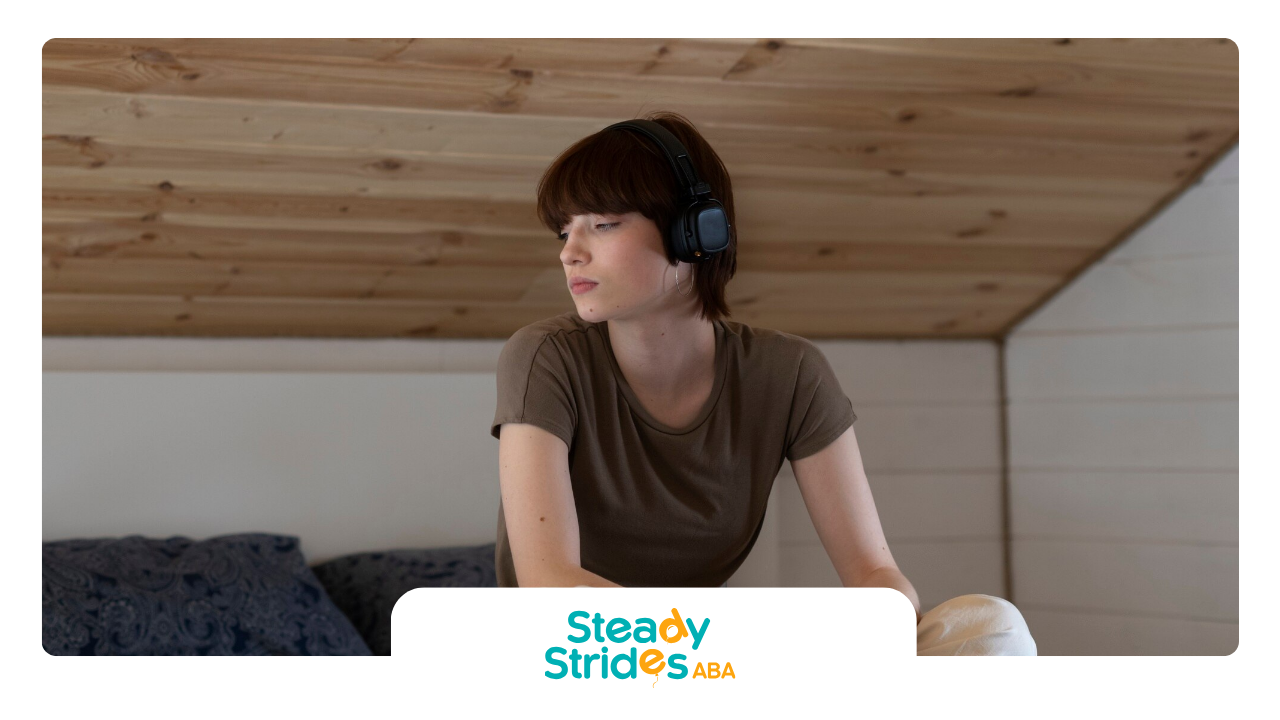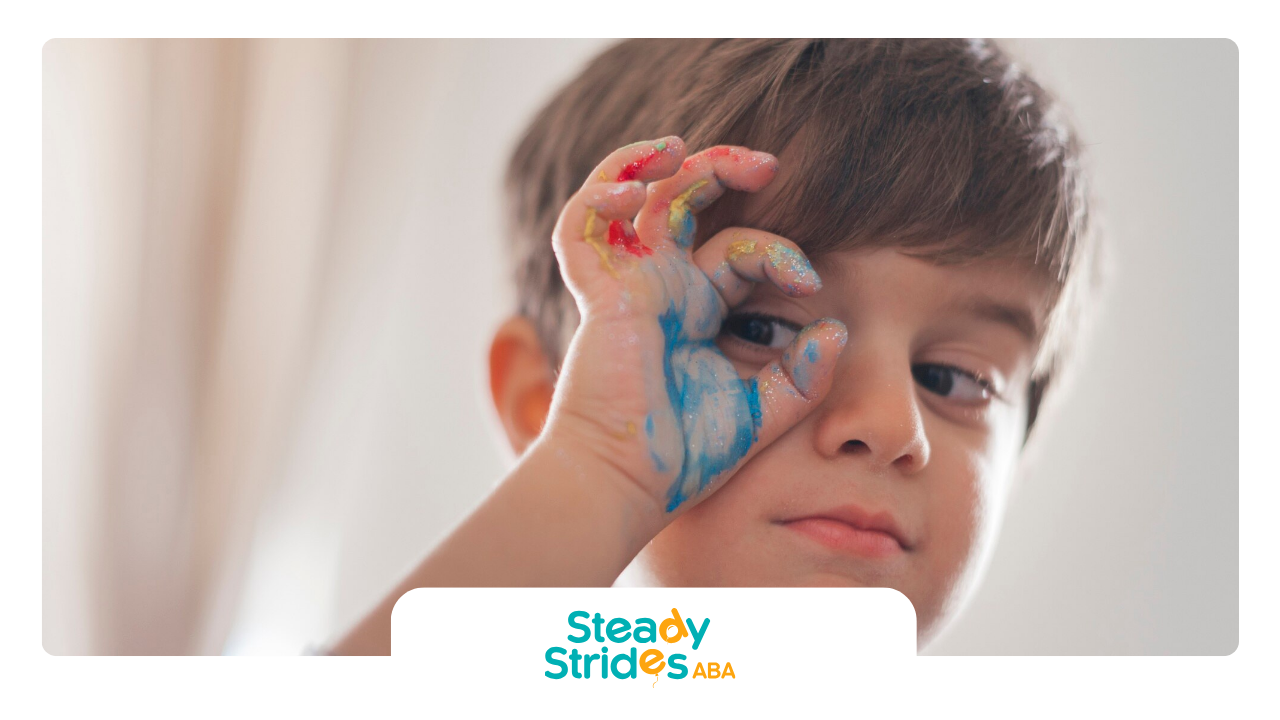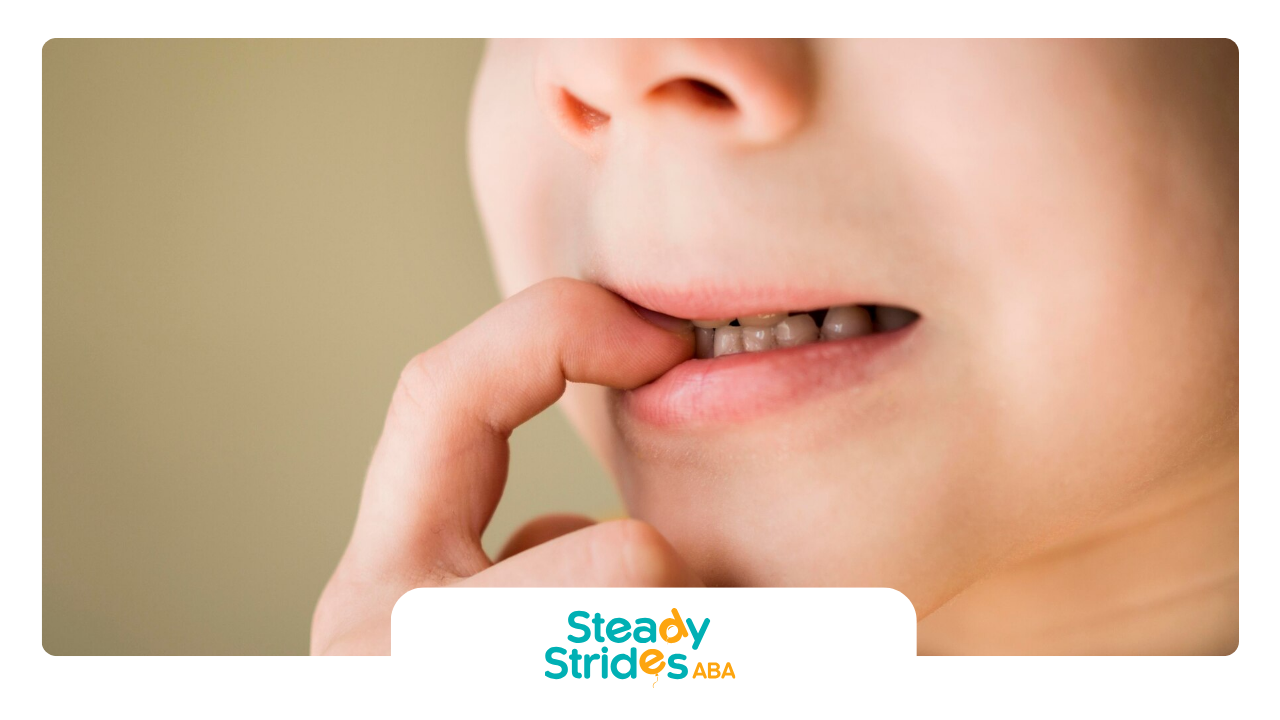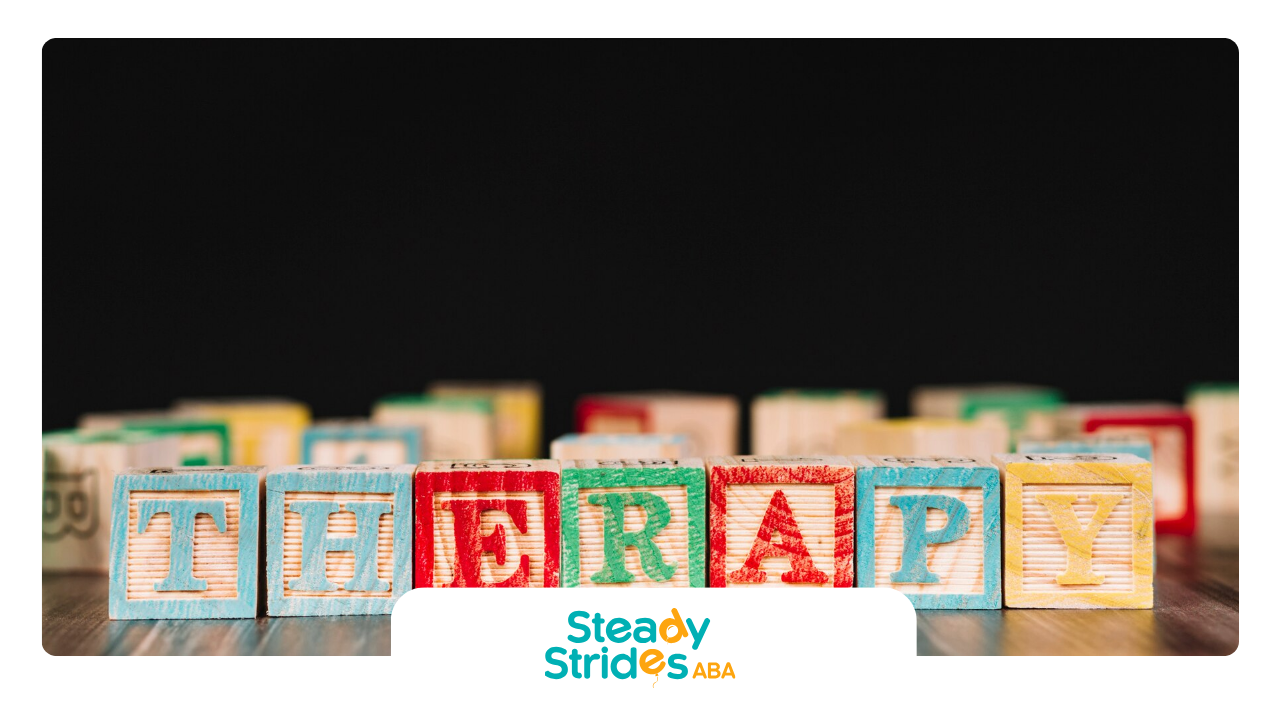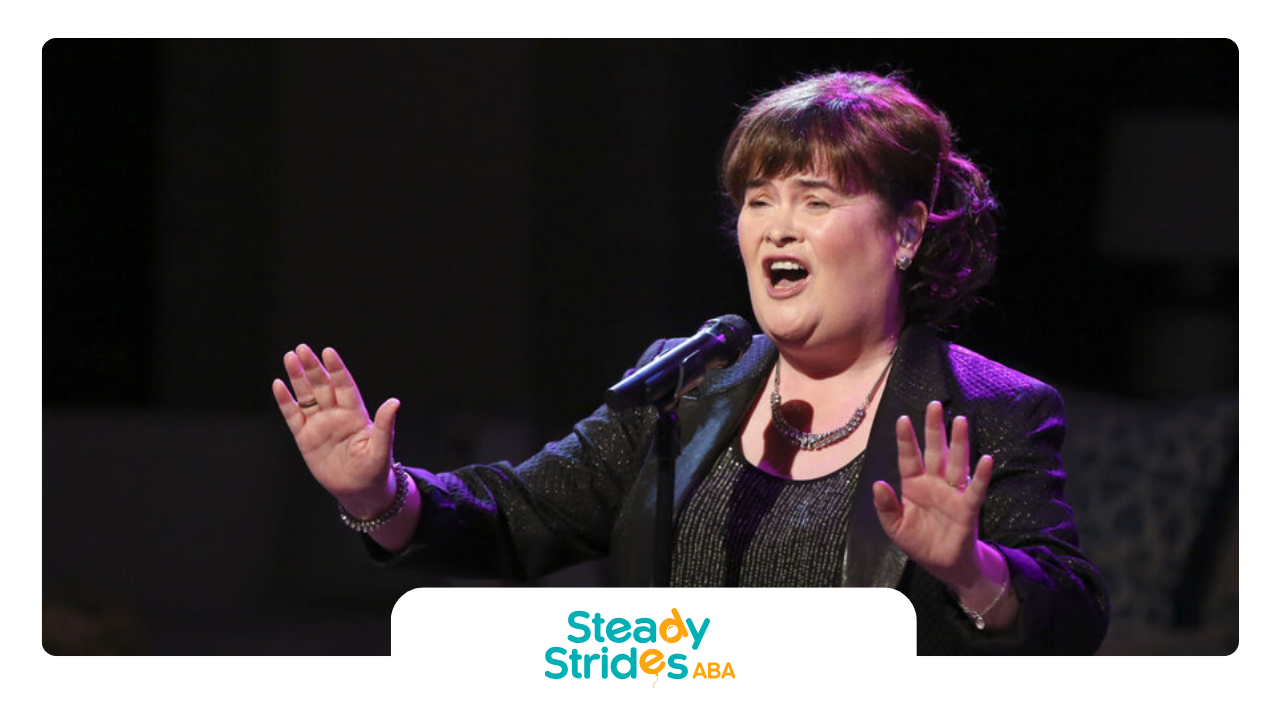Choosing the right toys for children with autism can make a significant difference in their development and overall well-being. Toys can serve as valuable tools for enhancing sensory experiences, motor skills, social interaction, and cognitive abilities. This guide will explore the best toys for children with autism, providing insights into their benefits and how they can support your child's growth in a fun and engaging way.
The Importance of Play for Children with Autism
Play is a crucial part of childhood development, offering numerous benefits such as:
- Sensory Stimulation: Toys can provide sensory experiences that help children with autism process and respond to sensory information more effectively.
- Motor Skill Development: Manipulative toys can enhance fine and gross motor skills.
- Social Interaction: Interactive toys encourage social play and communication.
- Cognitive Growth: Educational toys promote problem-solving, critical thinking, and creativity.
- Emotional Regulation: Play can be a therapeutic activity that helps children manage emotions and reduce anxiety.
Criteria for Choosing Toys
When selecting toys for children with autism, consider the following criteria:
- Sensory Appeal: Toys should provide appropriate sensory input without being overwhelming.
- Developmental Appropriateness: Choose toys that match the child's developmental stage and abilities.
- Safety: Ensure toys are safe, durable, and free from small parts that could be a choking hazard.
- Engagement Level: Toys should be interesting and engaging to capture the child's attention.
- Therapeutic Value: Look for toys that can support specific therapeutic goals, such as improving motor skills or encouraging social interaction.
Top Toys for Children with Autism
Here are some of the best toys that are highly recommended for children with autism:
1. Sensory Toys
Description: Sensory toys provide tactile, auditory, or visual stimulation that can help children with autism process sensory information.
Examples:
- Fidget Spinners and Cubes: These small, hand-held toys offer various textures and movements that can help with focus and relaxation.
- Chewable Jewelry: Designed for children who need oral sensory input, these items are safe to chew on and come in various textures and shapes.
- Sensory Balls: Textured balls that can be squeezed, rolled, or tossed to provide tactile stimulation.
Benefits:
- Helps with sensory regulation.
- Provides a calming effect.
- Enhances focus and attention.
2. Building and Construction Toys
Description: Building toys, such as blocks and construction sets, encourage creativity, problem-solving, and fine motor skills.
Examples:
- LEGO Sets: These versatile building blocks come in various themes and sizes, promoting creativity and fine motor skills.
- Magnetic Tiles: Colorful tiles that connect magnetically, allowing for the construction of 3D structures.
- Wooden Blocks: Classic building blocks that can be stacked, sorted, and used to create various structures.
Benefits:
- Promotes creativity and imagination.
- Enhances fine motor skills and hand-eye coordination.
- Encourages problem-solving and spatial awareness.
3. Interactive and Social Toys
Description: These toys encourage social interaction and communication, making them ideal for cooperative play.
Examples:
- Board Games: Simple, cooperative games that encourage turn-taking and social interaction, such as "Candy Land" or "Guess Who?"
- Puppets and Dolls: These can be used for imaginative play and storytelling, promoting social skills and communication.
- Interactive Plush Toys: Toys that respond to touch or voice, providing interactive play experiences.
Benefits:
- Enhances social skills and communication.
- Encourages cooperative play and turn-taking.
- Promotes imaginative play and creativity.
4. Educational Toys
Description: Educational toys are designed to support learning and cognitive development through play.
Examples:
- Puzzles: Puzzles with varying levels of difficulty that promote problem-solving and critical thinking.
- Alphabet and Number Toys: Toys that help children learn letters, numbers, shapes, and colors, such as alphabet blocks or number puzzles.
- STEM Toys: Science, Technology, Engineering, and Math (STEM) toys that introduce basic concepts through hands-on activities.
Benefits:
- Supports cognitive development and learning.
- Enhances problem-solving and critical thinking skills.
- Promotes early literacy and numeracy skills.
5. Motor Skill Development Toys
Description: These toys are designed to improve fine and gross motor skills through physical activity.
Examples:
- Balance Boards: These boards help children develop balance and coordination while having fun.
- Ride-On Toys: Toys that children can ride, such as scooters or tricycles, promoting gross motor skills and physical activity.
- Art Supplies: Crayons, markers, and playdough that encourage fine motor skills and creativity.
Benefits:
- Enhances physical coordination and strength.
- Promotes fine motor skills and hand-eye coordination.
- Encourages physical activity and exercise.
Tips for Parents
Here are some tips for parents to ensure a positive play experience for their autistic child:
- Observe Preferences: Pay attention to the types of toys and activities your child naturally gravitates towards.
- Create a Safe Play Environment: Ensure the play area is safe, organized, and free from potential hazards.
- Encourage Variety: Introduce a variety of toys to promote different types of play and skill development.
- Play Together: Engage in play with your child to support social interaction and model appropriate play behaviors.
- Use Visual Supports: Use visual schedules or cues to help your child understand and anticipate play activities.
Conclusion
Choosing the right toys for children with autism can provide meaningful and therapeutic play experiences that support their development and well-being. The toys listed above offer a range of benefits, from sensory stimulation and motor skill development to social interaction and cognitive growth.
At
Steady Strides, we are dedicated to supporting children with autism and their families through comprehensive ABA Therapy services. Our goal is to empower children to reach their full potential and lead fulfilling lives.
Contact us today to learn more about how we can support your child's journey.



